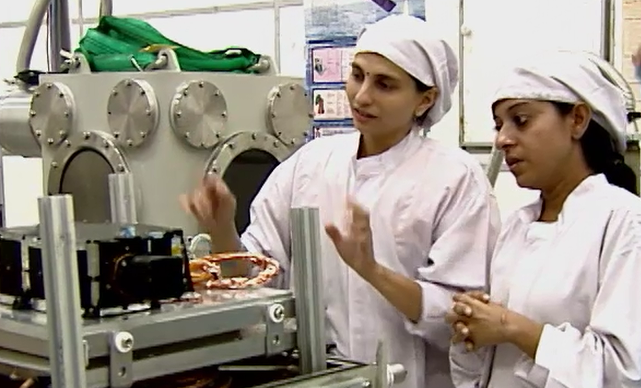
On November 5, 2013, a rocket launched toward Mars. It was India’s first interplanetary mission, Mangalyaan, and a terrific gamble. Only 40 percent of missions sent to Mars by major space organizations — NASA, Russia’s, Japan’s, or China’s — had ever been a success. No space organization had succeeded on its first attempt. What’s more, India’s space organization, ISRO, had very little funding: while NASA’s Mars probe, Maven, cost $651 million, the budget for this mission was $74 million. In comparison, the budget for the movie “The Martian” was $108 million. Oh, and ISRO sent off its rocket only 18 months since work on it began.
A few months and several million kilometers later, the orbiter prepared to enter Mars’ gravity. This was a critical moment. If the orbiter entered Mars’ gravity at the wrong angle, off by so much as one degree, it would either crash onto the surface of Mars or fly right past it, lost in the emptiness of space.

Back on Earth, its team of scientists and engineers waited for a signal from the orbiter. Mission designer Ritu Karidhal had worked 48 hours straight, fueled by anticipation. As a child, Minal Rohit had watched space missions on TV. Now, Minal waited for news on the orbiter she and her colleague, Moumita Dutta, had helped engineer.
When the signal finally arrived, the mission control room broke into cheers. If you work in such a room, deputy operations director, Nandini Harinath, says, “you no longer need to watch a thriller movie to feel the thrill in life. You feel it in your day-to-day work.”
This was not the only success of the mission. An image of the scientists celebrating in the mission control room went viral. Girls in India and beyond gained new heroes: the kind that wear sarees and tie flowers in their hair, and send rockets into space.
Read more at https://medium.com/@ipsita/isro-scientists-5ad220d6f38c